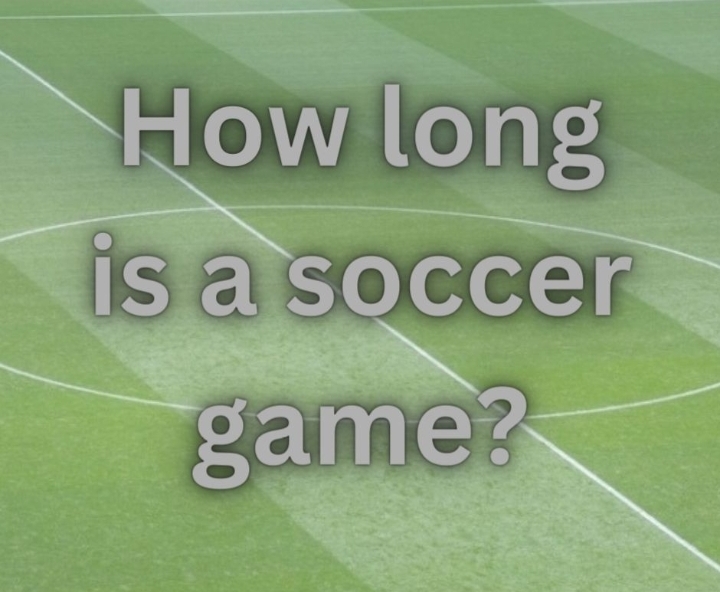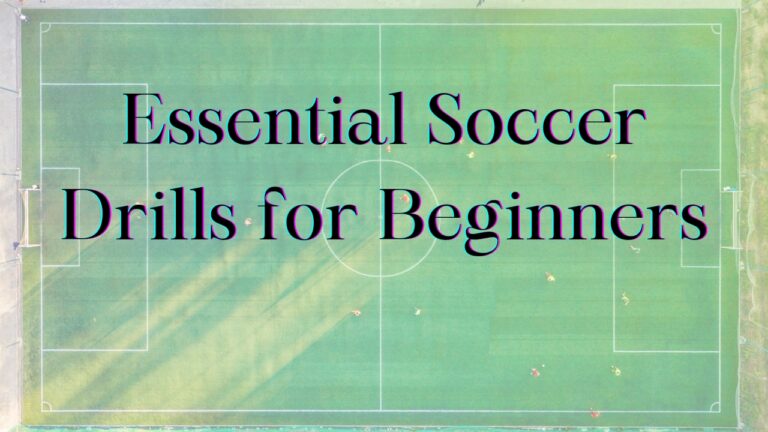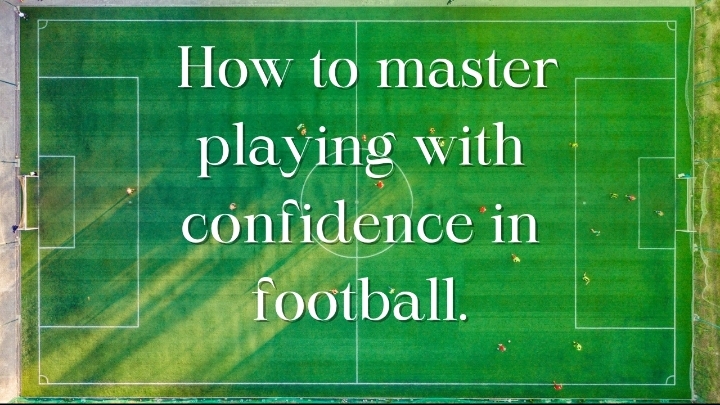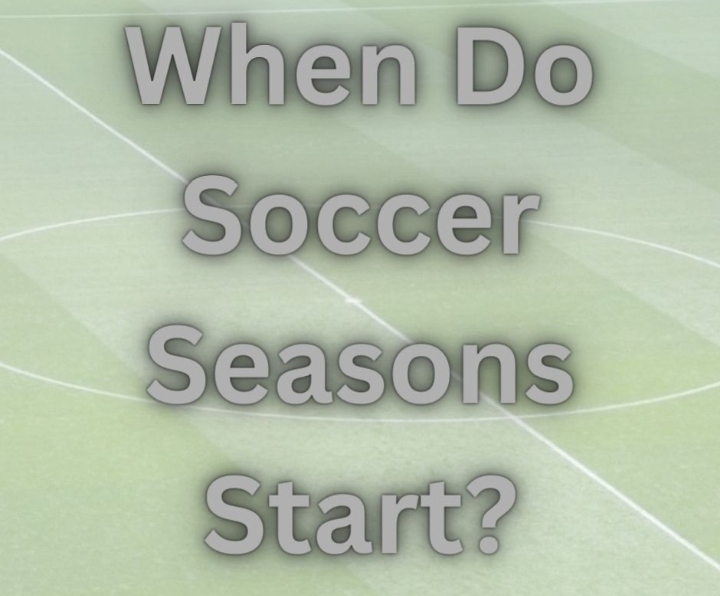Soccer matches can be won or lost based on capitalizing on set-piece opportunities. Set pieces refer to any dead ball situation, like corner kicks, free kicks, throw-ins, and kick-offs where the offensive team has a chance to restart play and create a scoring chance. Executing planned set-piece tactics and routines can lead directly to goals or produce secondary scoring chances from the chaos created in the box.
In particular, corner kicks and free kicks present fantastic chances to catch the opposition off guard with clever tactics and score from these deadball situations. This article will provide an in-depth look at essential tactical strategies, positioning, and routines to maximize your team’s scoring on corner kicks and free kicks.
Tactics for Taking a Good Corner Kick
Corner kicks provide one of the best opportunities in soccer to score directly from a dead-ball situation. By carefully planning the positioning of players, their running patterns, the delivery of the corner kick, and using special routines, teams can greatly increase their chances of scoring from corners.
Positions
- The near post – 1 or 2 players making angled runs from the front to the near post.
- The edge of the six-yard box – 1 or 2 players ready to attack any balls that come through.
- The penalty spot – 1 or 2 players making straight runs from the edge of the box.
- The far post – 1 or 2 players positioned on the far post ready for back post headers.
- Outside the box – 1 player waiting for short corners or clearances.
Running Patterns
- Curved runs – players start away from the goal and make angled weaving runs.
- Near post runs – timed runs from the near edge of the box attacking the ball.
- Far post runs – moving away from the near post area into space.
Delivery
- Driven low corners – hit with power and driven into the box.
- Outswingers – curling away from goal.
- Inswingers – curling towards goal.
- Whipped corners – with pace and dip.
Special Routines
- Short corners – passing short, then crossing.
- Pullbacks – corner taker fakes, then pulls back for a shot.
Defending Corner Kicks
Defending corner kicks requires organization, awareness, and concentration. Teams must mark dangerous zones, clear the ball decisively, and be ready for second-ball opportunities.
Zonal Marking vs Man Marking
- Zonal marking – defenders cover designated zones or spaces.
- Man marking – defenders mark specific opposing players.
- Hybrid approach – a mix of zonal and man marking.
Positioning
- Near post – 1 or 2 players protecting the front post area.
- Far post – 1 or 2 players covering the back post zone.
- Top of the box – 1 or 2 players positioning themselves to clear headers.
Clearing the Ball
- Heading – defenders should attack the ball and header it clear.
- Kicking – if the ball is dropping, defenders look to kick it away quickly.
- Communication – constant talk to mark assignments.
The main priorities are cutting out crosses aimed toward the goalmouth and clearing dangerous balls into the box decisively.
Tactics for Taking a Good Direct Free Kick
Direct free kicks from scoring range provide teams with clear opportunities to test the goalkeeper and capitalize from set pieces. Effective free-kick takers use a mix of placement, deception, and unpredictability to beat the defense.
Shot Placement
- Curl – wrapping the ball around the wall into the corner.
- Dip – getting the ball up and down over the wall quickly.
- Near post – surprising the keeper by going near post.
- Far post – aiming for the far-side netting.
- Over the wall – driving the ball high over the defenders.
Use of Trick Runners
- Trick runners can make curved approaches as if about to strike it.
- This confuses the defense as to who will take the kick.
- The taker can use deception to create an opening.
Quick Free Kicks
- Taking the kick quickly before the defense sets up can catch them off guard.
- Quick free kicks allow the taker to see the keeper’s positioning early.
Layoff Pass
- The free kick taker can lay it off short to a teammate.
- The second player then has time and space for a shot.
Defending Direct Free Kicks
Organizing the defense effectively is crucial for limiting scoring chances from direct free kicks near the box. Teams must form a solid wall, account for opposition movement, and be ready for secondary ball situations.
Wall Formation and Positioning
- The wall should be 8-10 yards from the ball during the kick.
- Walls are typically formed with 3-5 players standing shoulder-to-shoulder.
- Side-footed walls are angled away from the ball slightly.
- Walls jump together on the shot to try and block it.
Positioning of Keeper
- Covering the near post if the taker is likely to go for placement.
- Central in goal to cover shots going up and over.
- Cheating to one side if the taker favors aside.
Secondary Shots
- Defenders mark loose balls and are alert for secondary shot opportunities.
- The keeper is ready to make reaction saves if the wall is beaten.
Staying organized, limiting gaps in the wall, and having awareness and communication are key to defending free kicks well.
Tactics for Taking an Indirect Free Kick
Indirect free kicks require creativity and intelligent movement to produce scoring chances from open-play situations. Teams can utilize quick passing, crosses, and an element of surprise to threaten the goal from indirect set pieces.
Short Passing Moves
- Playing short passing triangles and combinations around the area to create openings.
- Using overlaps and takeovers to drag defenders out of position.
- Quick one-touch passing and flicks to penetrate the defense.
Crosses into the Box
- Swinging in an early cross before the defense is set.
- Drive low hard crosses across the goal.
- Whipped crosses to the far post area.
Attempting a Surprise Shot
- Occasionally striking a first-time shot can catch the defense off guard.
- Efforts aimed at the near post area.
- If the keeper spills it, players attack the loose ball.
The key is intelligent and incisive movement and passing to find pockets of space to create a scoring chance.
Defending Indirect Free Kicks
Defending against indirect free kicks requires organization, discipline, and concentration as teams must find a way to afford to concede space around their penalty area.
Quickly Charging Down Shot Attempts
- Having a player right on top of the ball to block shot efforts.
- Preventing turned shots by applying immediate pressure.
- Marking Passing Options Closely
- Tight man-marking of dangerous players around the box.
- Showing the opponent away from the goal and into less dangerous areas.
Staying Compact to Close Down Space
- Narrow positioning to congest the central areas.
- No gaps between defenders for the attack to exploit.
- Communicating constantly to maintain a defensive shape.
The key is limiting time and space for the attacking team and forcing play into less dangerous wide areas.
Conclusion and Key Takeaways
Executing planned set-piece routines on corner kicks and free kicks provides teams with clear opportunities to score goals directly from deadball situations. Having tactical flexibility, multiple options, and the ability to capitalize on secondary chances are signs of effective teams.
Some key takeaways:
- Corner kick positioning and runs need variety to unsettle defenses.
- Defending corners requires clearing danger zones decisively.
- Free kicktakers should use placement, deception, and unpredictability.
- Walls and keepers must work together when facing free kicks.
- Indirect free kicks require intelligent passing and movement.
- Organization and concentration are critical when defending indirect free kicks.
Set pieces should be a source of goals rather than wasted chances. Dedicated work on different tactical plans, routines, and repetitions on the training ground will lead to improved set-piece execution and higher conversion rates during matches.
Read More: Soccer Tactics: Attacking and Defensive Formations
Author






